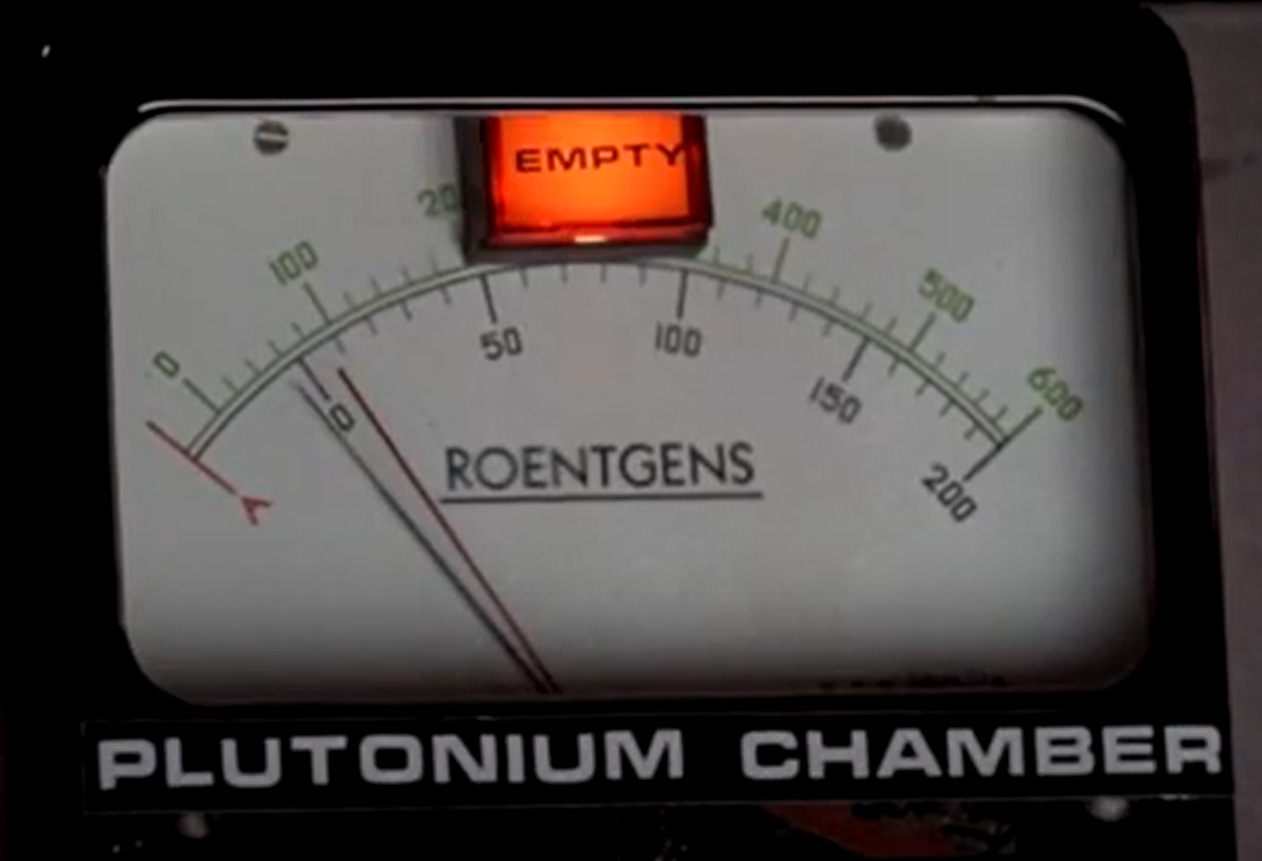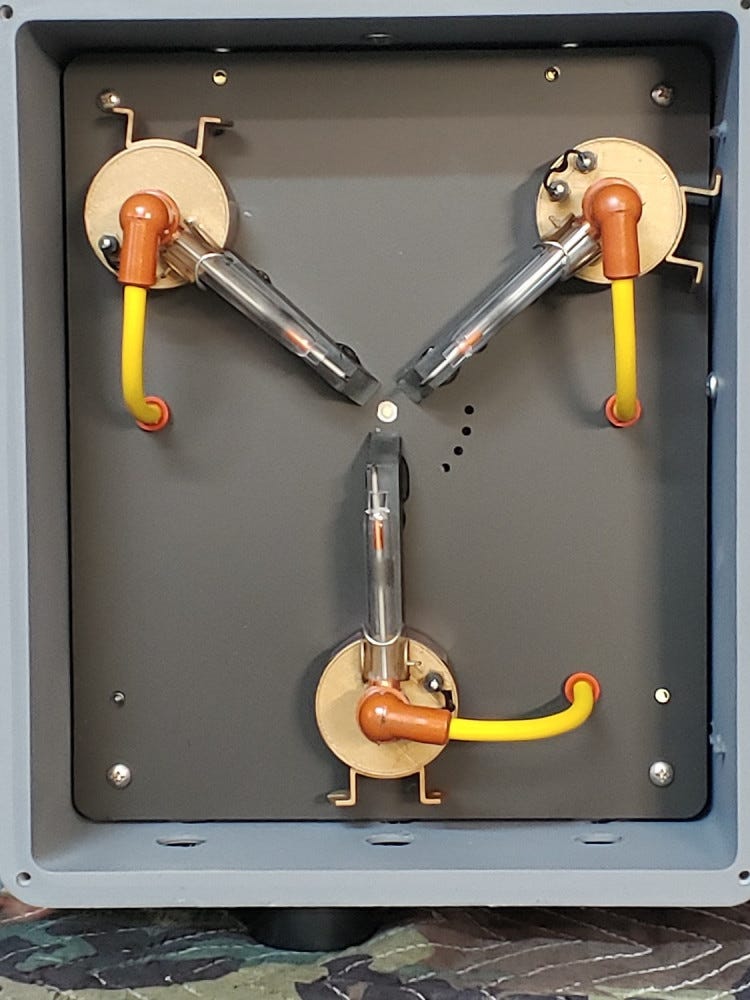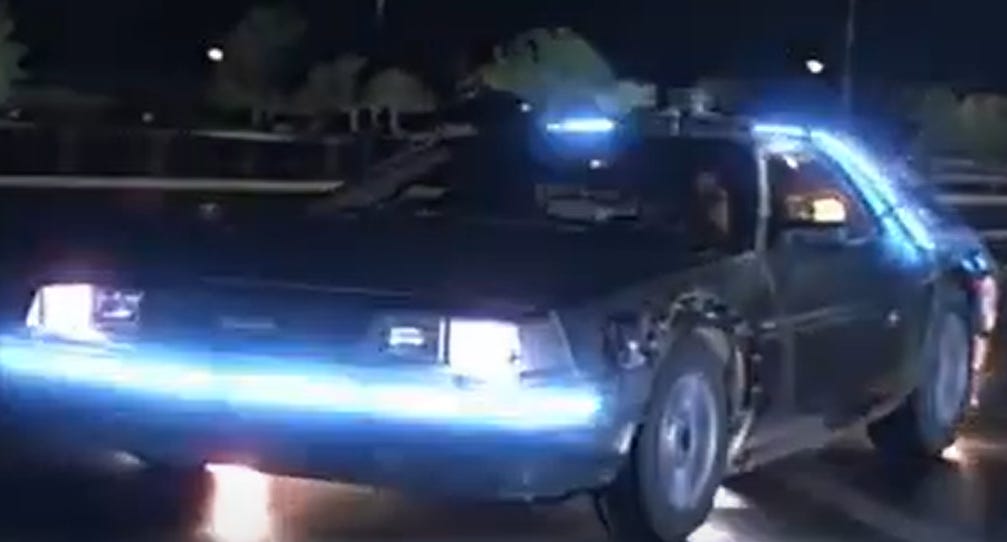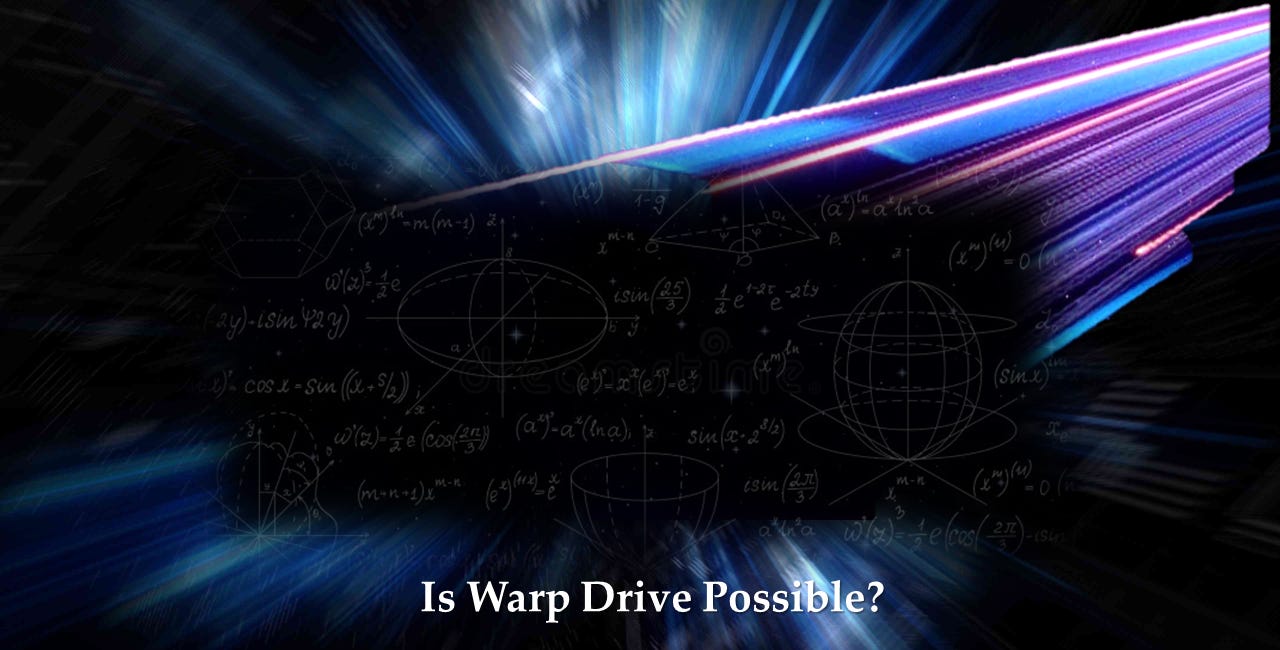Visit the Evidence Files Facebook and YouTube pages; Like, Follow, Subscribe or Share!
Find more about me on Instagram, Facebook, LinkedIn, or Mastodon. Or visit my EALS Global Foundation’s webpage page here.
When this baby hits 88 miles per hour… you’re gonna see some serious shit.
Doc Brown told Marty McFly this as he introduced his DeLorean time machine in the parking lot of the Twin Pines Mall in Hill Valley, California. Now, for those of you too young to know what the heck I am talking about, Back to the Future is something of a cult-classic movie from 1985. It was the highest grossing movie that year and has lived on as the epitome of time travel flicks. The movie is about an eccentric scientist, Doc Brown, and his teenage friend Marty McFly. Doc invented a time machine out of a 1983 DMC DeLorean and wanted to show it off to Marty in that mall parking lot. During Doc’s presentation, the two are confronted by Libyan terrorists (remember, it is set in 1985!) from whom Doc stole the plutonium needed to power the car’s time travel machinery. When the terrorists start firing an AK-47 at Marty and Doc, Marty jumps into the DeLorean to flee and inadvertently whisks himself into the past. Once there, Marty engages in all kinds of antics involving time travel paradoxes, while simultaneously trying to figure out how to return to his own time.
I had to include this video. Ryan George is hilarious!
Before all that, back in the mall parking lot, Doc implores Marty to film him while he describes how the time machine works. He then proceeds to rev up the car with a remote control while Marty aims the camera. With a long stretch of parking lot in front of it, Doc lets the controls loose launching the car into action. And, sure enough, at 88 mph the car begins lighting up blue, sparks fly, and in an instant the car vanishes in a cloud of smoke, leaving only two fire trails in its wake.
Now, I know this movie is obviously a light-hearted fiction, not a serious exploration into the physics of time travel, but it does spend quite a bit of time on the subject. After all, the plot explicitly depends on it. For example, when Marty finds himself accidentally back in the year 1955, he cannot immediately return to the future because the car lacks sufficient energy to engage in another time hop. This is because, as Doc put it earlier, “this sucker’s electrical, but I need a nuclear reaction to generate the 1.21 gigawatts of electricity I need.” On a desolate road in 1955 when Marty finally first thought to try returning to the future, the time panel suddenly went dead. The DeLorean wouldn’t start, and a warning chimed inside the car indicating that the plutonium chamber was empty.
How the Time Machine Works
As Doc told Marty, the DeLorean’s time travel apparatus is electrical, and requires 1.21 gigawatts (GW) of electricity to activate the time travel function. In short, one watt is equal to 1 Joule per second. Put differently, a Joule is the amount of work required to produce one watt for one second. The prefix “giga” is equal to 109, or 1 with nine zeroes following it. Doc therefore requires an amount of work capable of producing 1.21 x 109 to power the time jump. That number looks like this:
1,210,000,000
That’s a lot of juice! Comparably, a Nimitz Class Aircraft Carrier, which runs on nuclear reactors, produces about 1.94 x 108 or, less energy by an order of magnitude. This type of ship can carry a lot of DeLoreans.
In any case, the number 1.21 GW means that Doc needs enough work to produce 1.21 billion watts for one second, or less than that per-second for a few seconds. The question really becomes, how long does it take once the car hits 88 mph to make the time jump? In the video linked above, you can see the moment the time circuits activate based upon the ignition of the blue lighting. It takes 5.5 seconds from activation to the disappearance of the DeLorean. Assuming equal power consumption during that time, the car requires 220 million Joules per second to maintain the time travel mechanism long enough to complete the jump. That power level is entirely implausible in a vehicle-mounted mini reactor. The class of Nimitz Carriers, ships the size of small cities, produce only 1.94 MW—1.9 million Joules per second. One factor to consider is that the DeLorean can generate that energy over time, so long as it has the ability to store the accumulated power and discharge it all at once when needed. Doc utilized vacuum capacitors situated within reactor coils located in the reactor assembly mounted on the rear of the car for power storage. I could not discern whether these capacitors could realistically store that level of energy. Regardless, the flux capacitor provides the relatively instantaneous discharge. So, for this exercise let’s assume that the numbers add up. I mean, associate professor of physics at Southeastern Louisiana University, Rhett Allain accepts them, so who am I to argue? The next issue involves creating the time travel field. This is where the specific speed of the vehicle applies.
The Flux Capacitor; credit the DeLorean Time Machines
Before delving into this, it is important to note that the writers of the movie did not put much thought into the speed of the car. When asked about the choice of 88 mph, co-creator Bob Gale said this:
Two reasons. First of all we wanted it to be a speed that somebody wouldn't accidentally drive at. The other thing is, is it's easy to remember. Everybody remembers 88 miles an hour. Maybe you'd remember 89 miles an hour. I don't know, 88 just had the right ring to it.
Nevertheless, the thought exercise is the fun part. This seemingly arbitrary choice of speed notwithstanding, Gale elucidated the time machine’s mechanism for how it engages in time travel. According to him, the DeLorean uses a tachyon field generator that sends tachyons into the flux bands wrapped around the outside of the car. From there, it projects these particles outward to generate the time-hopping wormhole. You can see the front flux band here:
And when they are lit, here:
Are Tachyons Real?
A tachyon is a hypothetical particle first named by Columbia University physicist Gerald Feinberg in 1967 (though the concept was proposed by physicist Arnold Sommerfeld in 1962). They are considered hypothetical because no one has been able to observe one in an experimental setting. Feinberg described tachyons as massless particles that could exceed the speed of light. Because the laws of physics apply equally, irrespective of the time variable (meaning whether time flows forward or backward), a faster-than-light particle can move forward or backward in time in any reference frame. Of course, this provokes time paradoxes because information would be received by the recipient before the creator of the information ever created it. Tachyons violate this principle in every frame because under the laws of physics if causality can be broken in one frame, then it can be broken in all frames. The limitation on faster-than-light travel only applies to particles with mass, which tachyons lack.
To be more accurate, tachyons have “imaginary mass.” The phrase tachyonic fields simply describes tachyonic particles as a quantum field with imaginary mass. A quantum field is a theoretical way to describe the construction of subatomic particles and the way they function (or, their excitation). The imaginary mass of a particle only means that rather than possessing a measurable mass, physicists ascribe a complex number to predict the particle’s behavior. Feinberg proposed that this imaginary mass propagates more quickly than light, but physicists today do not believe that is the case. Tachyon condensation occurs when the imaginary mass creates instability causing a spontaneous decay leaving no remaining physical tachyons. Nevertheless, tachyonic fields do play a role in string theory, suggesting that their instability might still serve a purpose:
Tachyonic fields indeed arise in many versions of string theory. In general, string theory states that what we see as "particles" (electrons, photons, gravitons and so forth) are actually different vibrational states of the same underlying string. The mass of the particle can be deduced from the vibrations which the string exhibits; roughly speaking, the mass depends upon the "note" which the string sounds. Tachyons frequently appear in the spectrum of permissible string states, in the sense that some states have negative mass-squared, and therefore, imaginary mass. If the tachyon appears as a vibrational mode of an open string, this signals an instability of the underlying D-brane system to which the string is attached. The system will then decay to a state of closed strings and/or stable D-branes. If the tachyon is a closed string vibrational mode, this indicates an instability in spacetime itself. Generally, it is not known (or theorized) what this system will decay to. However, if the closed string tachyon is localized around a spacetime singularity, the endpoint of the decay process will often have the singularity resolved. [Numbered citations omitted]
Rikpratik Sengupta, Shounak Ghosh, and Mehedi Kalam argue that tachyons could support traversing a Lorentzian wormhole, which would effectively allow time travel. Remember that wormholes are a “tunnel-like connection between two different points of spacetime in the same universe or two different universes.” There are different types of wormholes—Schwarzschild, Euclidean, Inter-Universe, etc.—but Lorentzian wormholes are traversable by humans or machines and operate in both directions. In Back to the Future, the way the DeLorean moves from one time to another appears to be through this type. What makes Lorentzian wormholes the choice of time travelers is that they maintain a three-dimensional shape at a constant time, rendering them safe and allowing the traveler to return to the original spacetime. Sengupta et. al. note that whether Lorentzian wormholes are truly traversable “requires further investigation.” For our purposes here, we will assume they are.
Sengupta’s team points out that the principal problem of traversability lies in the collapse of the “throat” of these wormholes. To sustain the integrity of the throat, one must necessarily violate the null energy condition (NEC), which requires the introduction of “exotic matter.” These authors assert that tachyonic matter supplies that exotic matter. Their calculations lead them to conclude that “tachyon matter can be used as form of exotic matter for constructing wormhole not only with Ellis geometry, but other well defined wormhole geometries as well.” In other words, tachyons, according to them, can sustain the necessary stability of a wormhole to allow passage calculated within numerous, different geometric theories on the construct of wormholes.
For more detail on the null energy condition and its implications for warp or time travel, click below.
The Science of Doc Brown
In Doc Brown’s Owner’s Workshop Manual, he describes how the flux capacitor generates tachyonic fields:
The Flux Capacitor is, in part, a ternary particle collider, but engineered with a 4th dimensional component [illegible]. Thus, given an application of directed electrical energy, it enables the creation of one of the most elusive particles in physics… a “tachyon.” The generated tachyons are contained within the flux capacitor until a high enough concentration is achieved. At this point, when coupled with conditions including [illegible], tachyon particles are released, which, when properly focused, can create a wormhole and open a portal through the time continuum.
Wolfram notes that some believe tachyons could be generated through high-energy particle collisions, which is how Doc Brown describes the functionality of the flux capacitor. So, while theoretical, Back to the Future at least proposed a conceptually accurate design. Returning to the flux bands mounted on the DeLorean, tachyonic fields are inherently unstable. The bands surrounding the car act as field stabilizers. Powered by the vehicle’s internal combustion engine, they create an electromagnetic bubble that envelopes everything inside of it, including the tachyons themselves. Upon reaching sufficient power, “flux boxes” containing “temporal field ignition coils” receive the excited tachyons. This turns the electromagnetic bubble into a temporal field. The excited tachyons then are fired into and through the electromagnetic field at the front of the vehicle, ostensibly creating the rift in spacetime, or the wormhole.
Tachyonic fields destabilize quickly, so Doc anticipated that the wormhole could not remain open for long. Brown determined that 88 mph is the critical speed based on the “minimum safe distance” between the DeLorean and the space in which the wormhole forms. Presumably, because the wormhole is unstable, the vehicle must be traveling at at least this speed to precisely time its entrance to avoid only a portion of the vehicle traversing through time. If this happened, it could lead to an unpredictable catastrophe, such as shearing the car in two or creating some kind of rift in the spacetime continuum. In his notes, Doc mentioned that higher speeds would be fine. He also seems to have created a trigger switch for the time-travel mechanism. If you watch the videos closely, there is some kind of power meter behind the driver seat. Once the car reaches 88 mph, the power meter lights up and the flux bands immediately follow suit. This provides a sort of “safety” that prevents the time mechanism from initiating if the car is traveling too slowly.
Reality
Back to the Future has passed the test of time for a reason. It is an entertaining story, replete with excellent characters and a clever plot, built upon real scientific theory (however whimsical at times). That this movie came out in 1985 makes the scientific considerations within in it even more remarkable. Doc’s theory-turned-into-a-working machine employs real science and engineering. But it remains science fiction. After all, the screenwriters obviously needed to take some scientific liberties for the story to work. As an example, the energy needed to generate the tachyon field almost certainly exceeds any load a small mobile vehicle could produce. As I noted, the USS Nimitz produces just under two megawatts, and that ship is 1,092 feet (332.8 m) long and displaces 100,020 long tons. The DeLorean needs to supply more than that.
The DeLorean’s particle accelerators consist of three canisters roughly the size of spray paint cans. These canisters “accelerate the particles to astronomical speeds” to create the needed collisions to generate tachyons. Moreover, Doc wrote that these canisters “are not as powerful as their lengthier Hadron counterparts in Switzerland, but they are more efficient, require less power to operate, and are, most importantly, portable.” The Large Hadron Collider (LHC) referred to in Doc’s manual is 16.77 miles (27 km) long. CERN describes it further, and illustrates why Brown’s canisters are complete fiction:
Inside the accelerator, two high-energy particle beams travel at close to the speed of light before they are made to collide. The beams travel in opposite directions in separate beam pipes – two tubes kept at ultrahigh vacuum. They are guided around the accelerator ring by a strong magnetic field maintained by superconducting electromagnets. The electromagnets are built from coils of special electric cable that operates in a superconducting state, efficiently conducting electricity without resistance or loss of energy. This requires chilling the magnets to ‑271.3°C – a temperature colder than outer space. For this reason, much of the accelerator is connected to a distribution system of liquid helium, which cools the magnets, as well as to other supply services.
Thousands of magnets of different varieties and sizes are used to direct the beams around the accelerator. These include 1232 dipole magnets, 15 metres in length, which bend the beams, and 392 quadrupole magnets, each 5–7 metres long, which focus the beams. Just prior to collision, another type of magnet is used to "squeeze" the particles closer together to increase the chances of collisions. The particles are so tiny that the task of making them collide is akin to firing two needles 10 kilometres apart with such precision that they meet halfway.
Scientists inaugurated the LHC in 2008. Brown’s invention came out 23 years prior. The notion that two decades before the LHC emerged someone could have created a more precise, more efficient particle collider in such a tiny scale, with sufficient power and exactitude to create a spacetime rift, simply defies reality if not imagination. Indeed, the LHC has not yet managed to create a time portal (that we know of!).
Despite all of Back to the Future’s scientific flaws, the fact of the matter is: who cares? The movie is highly enjoyable, and adopts just enough reality to make it believable. Furthermore, a search on Google for “Back to the Future paradoxes” results in more than 9.5 million hits. Whether the movie nailed the science or not, it certainly stoked a lot of thought into the theoretical principal of time travel, paradoxes, and logic. That, to me, is its greatest contribution of all, and something few movies in the last decades have come close to achieving. That’s heavy.
For more time travel exploration, click below:
I am a Certified Forensic Computer Examiner, Certified Crime Analyst, Certified Fraud Examiner, and Certified Financial Crimes Investigator with a Juris Doctor and a Master’s degree in history. I spent 10 years working in the New York State Division of Criminal Justice as Senior Analyst and Investigator. Today, I teach Cybersecurity, Ethical Hacking, and Digital Forensics at Softwarica College of IT and E-Commerce in Nepal. In addition, I offer training on Financial Crime Prevention and Investigation. I am also Vice President of Digi Technology in Nepal, for which I have also created its sister company in the USA, Digi Technology America, LLC. We provide technology solutions for businesses or individuals, including cybersecurity, all across the globe. I was a firefighter before I joined law enforcement and now I currently run the EALS Global Foundation non-profit that uses mobile applications and other technologies to create Early Alert Systems for natural disasters for people living in remote or poor areas.










